Building a home is one of the most significant investments you can make in your lifetime. It's essential to consider the materials you use when constructing your home, especially if you want to minimize your environmental impact. Eco-friendly materials are becoming more popular as people realize the importance of sustainable living. This article will examine the top five most eco-friendly materials for building a home, briefly comparing their environmental impact to help you make an informed decision.
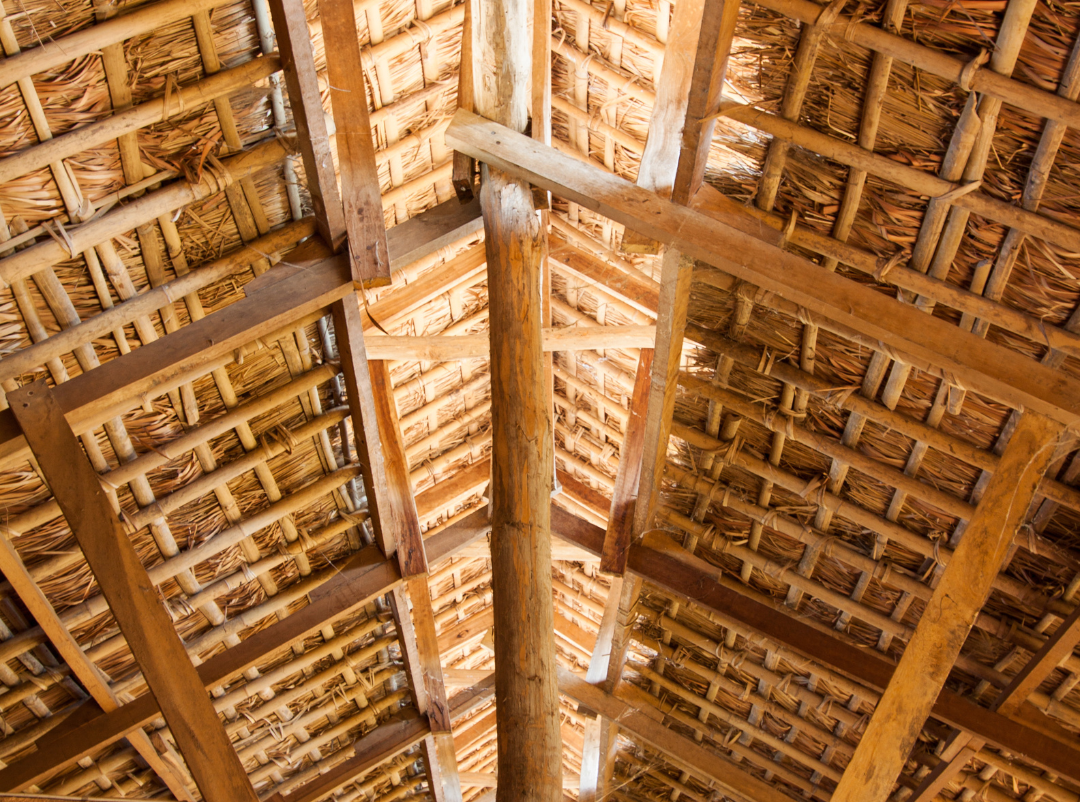
1. Bamboo
Bamboo, a true champion among eco-friendly home-building materials, offers many possibilities. It's a fast-growing and renewable resource that can be harvested in just a few years. With its incredible durability and ability to withstand harsh weather conditions, bamboo is not just a sustainable choice but also a versatile one. From flooring to wall panels and furniture, bamboo can transform your home into a sustainable haven with a low carbon footprint.
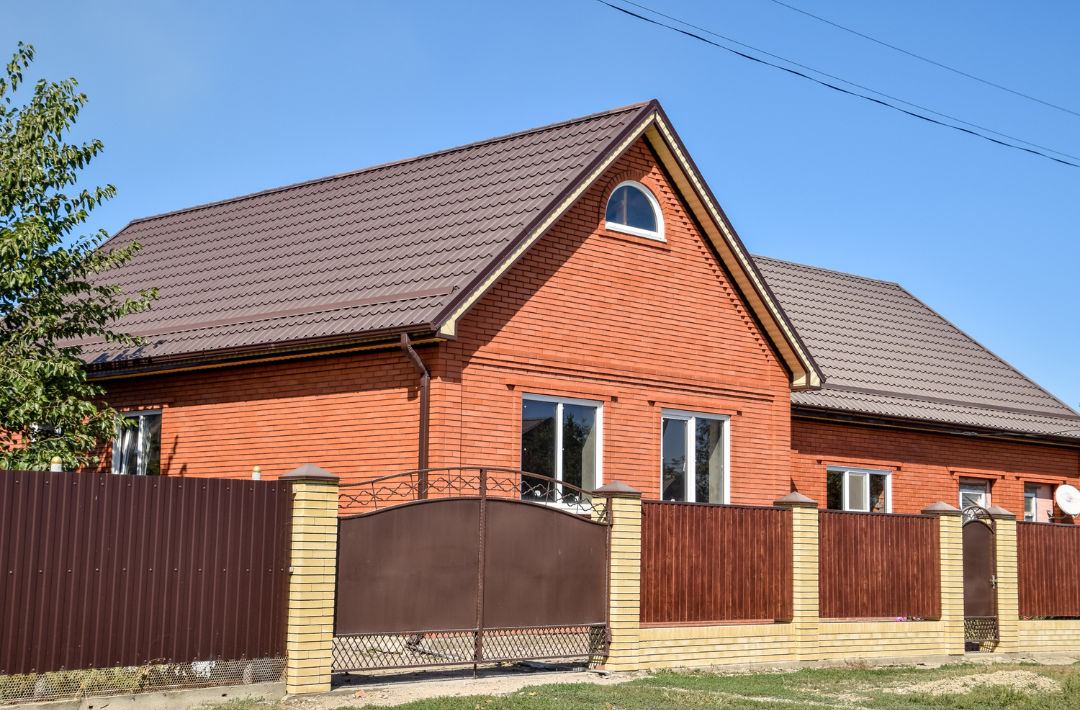
2. Recycled Steel
Recycled steel, a beacon of eco-friendliness, is durable, fire-resistant, and pest-resistant and a cost-effective choice for building a home. By opting for recycled steel, you reduce waste, save energy, and make a smart financial decision. It's an excellent option for eco-conscious homeowners who are also mindful of their budget.
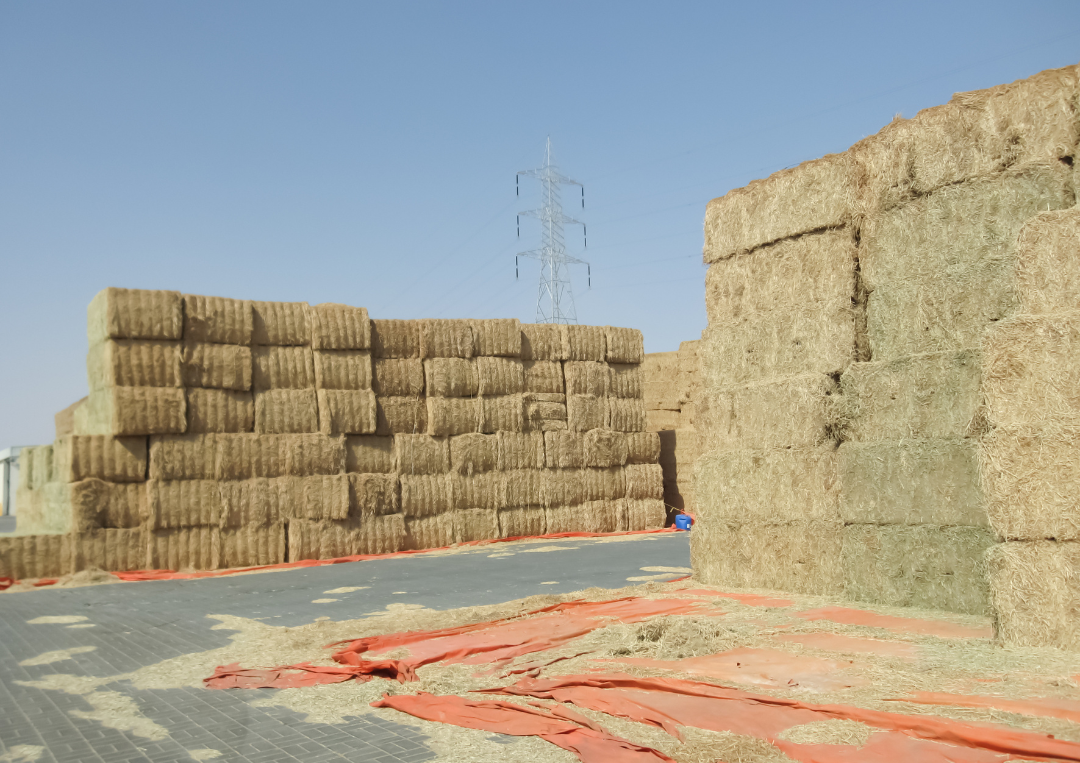
3. Straw Bales
Straw bale construction is a cost-effective and eco-friendly method of building a home. It is an excellent source of renewable and fire-resistant insulation. However, it's important to note that straw bale construction may not be suitable for all climates or building types. Additionally, it can withstand extreme weather conditions, making it a popular choice in areas prone to natural disasters such as earthquakes, hurricanes, and tornadoes. Straw bale construction is gaining popularity due to its many benefits and is a sustainable alternative to traditional building methods.
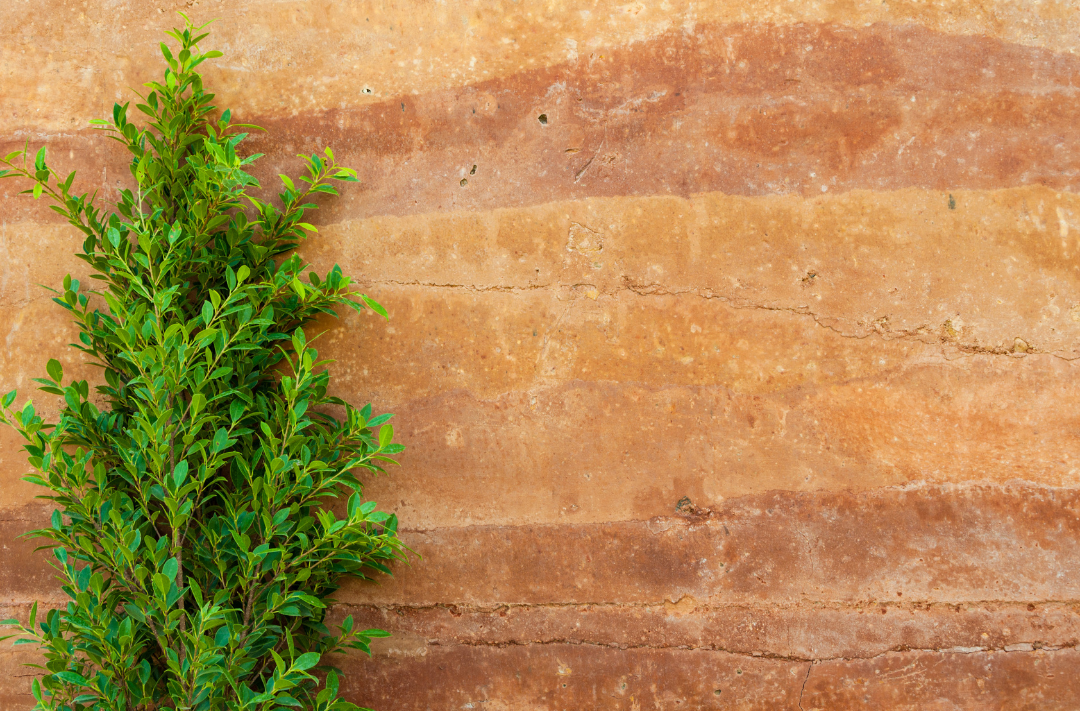
4. Rammed Earth
Rammed earth construction is another eco-friendly way to build a home. It involves compressing soil, sand, gravel, and other natural materials into a form to create walls. Rammed earth walls are incredibly durable, fire-resistant, and energy-efficient. They also have excellent thermal mass, which helps regulate temperature and save energy. Rammed earth construction is becoming more popular, especially in arid regions, as it's an abundant and inexpensive building material.

5. Cork
Cork is a sustainable material that is often overlooked when constructing a home. It is harvested from the bark of cork oak trees and is a renewable resource. Cork is lightweight, fire-resistant, and hypoallergenic, making it an excellent option for flooring, wall tiles, and insulation. Additionally, cork has exceptional acoustic properties, making it ideal for home theaters, music rooms, and recording studios. It's important to note that cork requires regular maintenance to ensure its longevity, but it can last for decades with proper care, making it a cost-effective and sustainable choice.
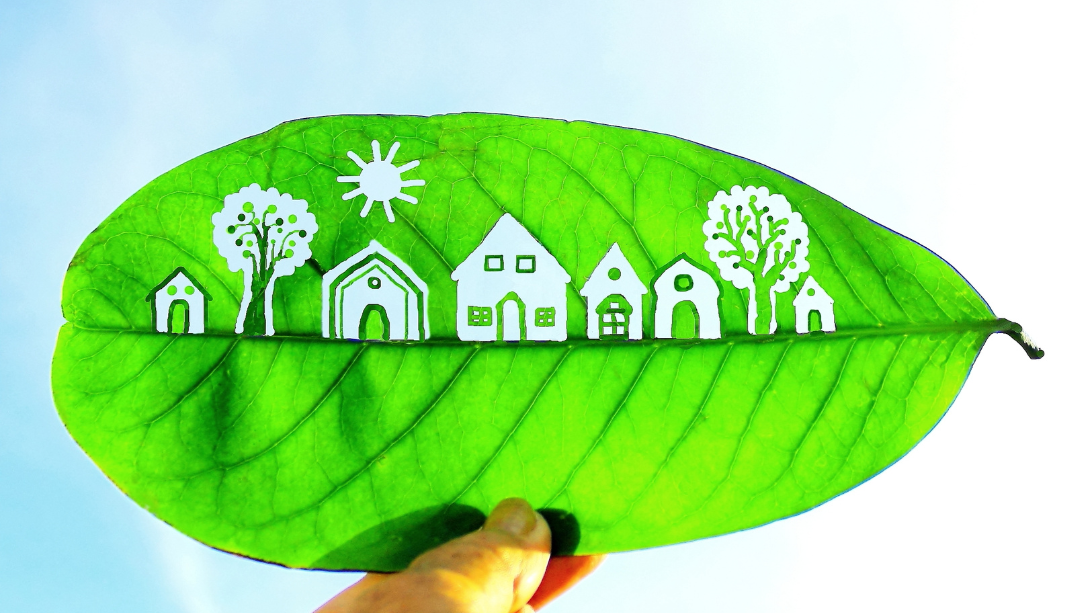
Building an eco-friendly home is not just a trend but a smart investment for the environment, your health, and your wallet. By using eco-friendly materials, you're not only reducing your carbon footprint but also ensuring long-term savings. These top five eco-friendly materials are just a glimpse of the options available. Whether on a budget or looking to splurge, eco-friendly materials are a reliable choice that will pay off in the long run.
Posted by Infinity Admin on
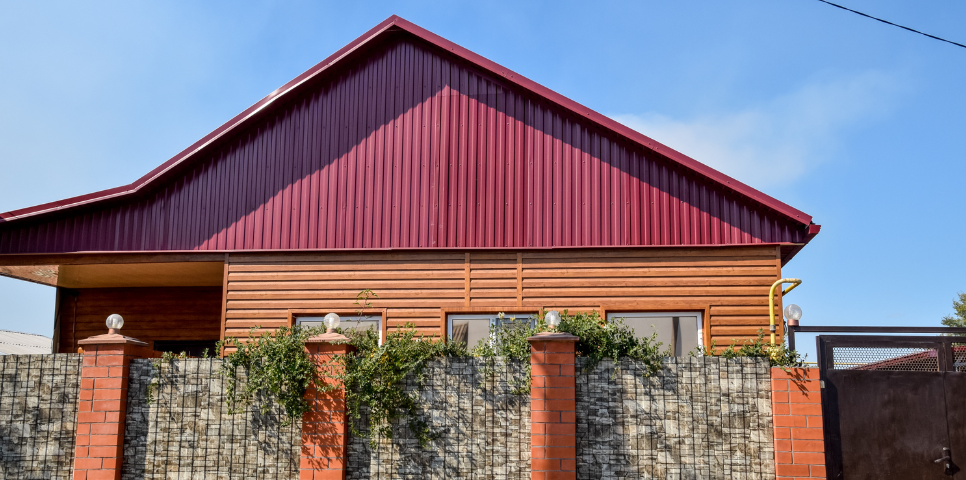
Leave A Comment